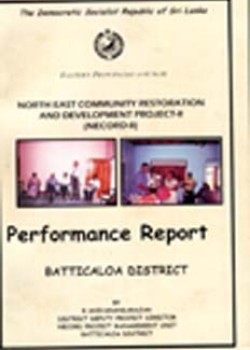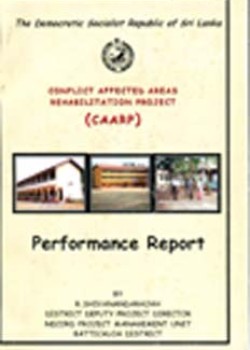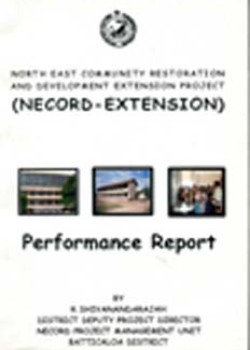Categorical Data Analysis for the Behavioral and Social Sciences
Author : Azen, Razia and Walker, Cindy
Publisher: Routledge
Place of Publish: USA, New York
Year: 2011
Page Numbers: 283
Acc. No: 4339
Class No: 001.42 AZE
Category: Books & Reports
Subjects: Social Sciences
Type of Resource: Monograph
Languages: English
ISBN: 978-1-84872-836-3
Featuring a practical approach with numerous examples, this book focuses on helping the reader develop a conceptual, rather than technical, understanding of categorical methods, making it a much more accessible text than others in the market. The authors cover common categorical analyses and emphasize specific research questions that can be addressed by each analytic procedure so that readers are able to address the research questions they wish to answer. To achieve this goal, the authors: 1) review the theoretical implications and assumptions underlying each of the procedures; 2) present each concept in general terms and illustrate each with a practical example; and 3) demonstrate the analyses using SPSS and SAS and show the interpretation of the results provided by these programmes. The book, at the beginning of each chapter, provides an overview of the material covered so that the reader knows what to expect. This is followed by one or more research questions that can be addressed using the procedure(s) covered in the chapter. A theoretical presentation of the material is provided and illustrated using realistic examples from the behavioural and social sciences. To further enhance accessibility, the new procedures introduced in the book are explicitly related to analytic procedures covered in earlier statistics courses, such as ANOVA and linear regression. Throughout each chapter, the authors use practical examples to demonstrate how to obtain and interpret statistical output in both SPSS and SAS. Their emphasis on the relationship between the initial research question, the use of the software to carry out the analysis, and the interpretation of the output as it relates to the initial research question, allows readers to easily apply the material to their own research. The book also includes both conceptual and analytic end-of-chapter exercises to assist instructors and students in evaluating the understanding of the material covered in each chapter.This book covers the most commonly used categorical data analysis procedures. It is written for those without an extensive mathematical background, and is ideal for graduate courses in categorical data analysis or cross-classified data analysis taught in departments of psychology, human development and family studies, sociology, education, and business.



